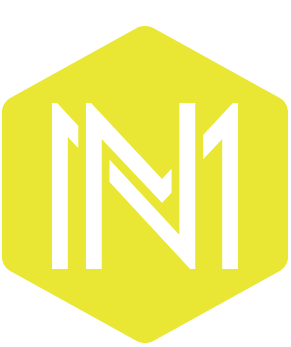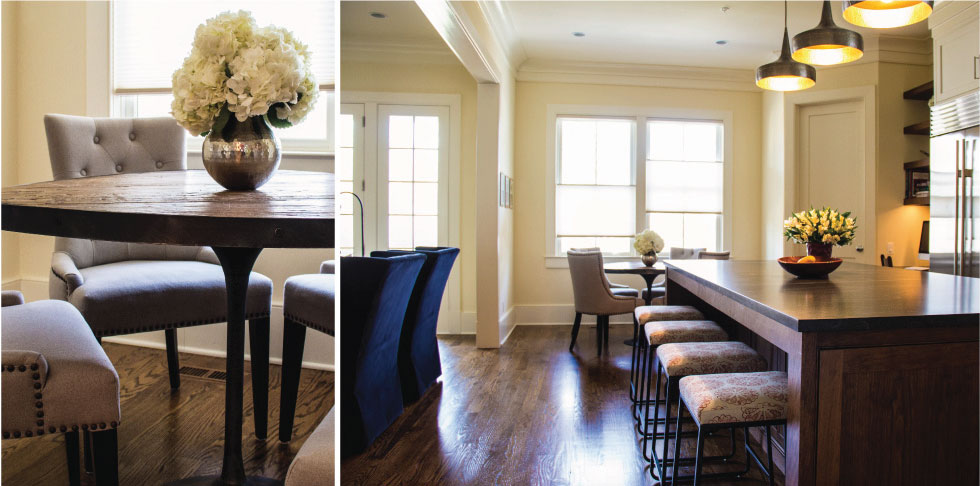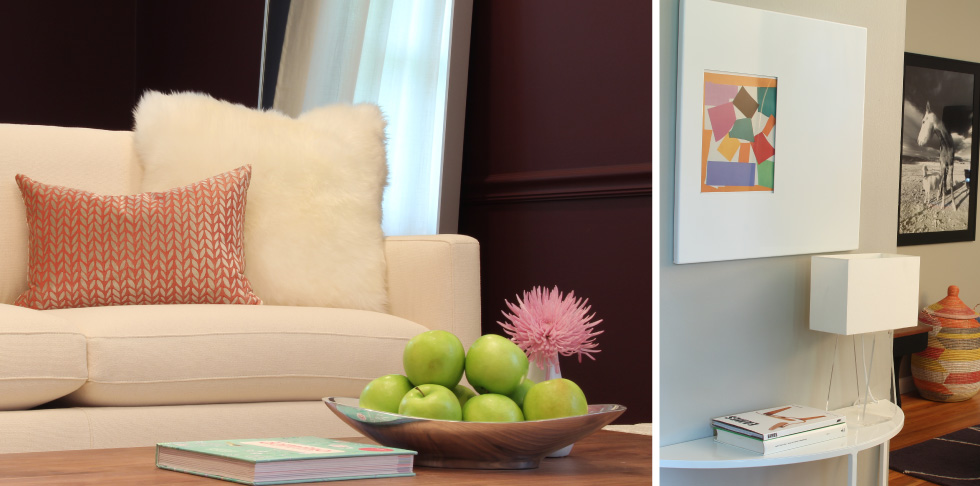One thing employers and clients have consistently complimented me on is my ability to produce high-quality work quickly and efficiently. I've always gravitated towards jobs where speed and accuracy were critical, so I've learned a lot along the way about working smarter. Below are my top 8 tips for working smarter and getting things done more efficiently.
1. Work on your memory
Improving your ability to recall information quickly will save you a lot of time digging through emails or notebooks and answering questions. How many times has someone asked you a question that you know the answer to or have written down somewhere and you need to go back and sift through information, search, or call people to get the answer? Being able to recall information saves a lot of time. Getting enough sleep, exercising, and living a healthy lifestyle can help. There are quite a few techniques for remembering information; this is a great article that covers quite a few of them. You can also play memory games on websites like Lumosity that are both fun and helpful in improving your memory.
2. Stay Organized
It's difficult to get anything done if you're not organized. Having an organized desk, computer, inbox, and mindset will keep everything on track.
3. Batch your work
Even the smallest tasks can end up taking quite a bit of time if you do them individually. By grouping like tasks together weekly or every few days, you'll be able to finish them much more efficiently. Take a week to jot down the types of things you do each day and then evaluate. Pick out a few things or a few types of task you do multiple times a day or week, is there a way to group them? If you check your email every 5 minutes, could you do it 3 times a day instead, or if you have a bit of administrative work on your plate each day, could you designate one day a week for that? The point is, doing similar tasks together when you're already in the mind set of that particular task makes them easier and faster to accomplish.
4. Systemize
By developing consistent systems for things that you do, you'll start to improve them and therefore become more efficient at them. If you do things slightly differently every time you'll be losing time by troubleshooting.
5. Have something going on in the background
This is one of my favorites because it helps you do twice the amount of work in the same time. Figure out areas where you can schedule things to happen behind-the-scenes or have additional work simultaneously taking place and you'll be able to accomplish two things at once. For example, in your personal life, having a load of laundry or the dishes humming along when you're doing some cleaning or having a contractor come work on the lawn while you're working on painting. In your business life, schedule social media and blog posts or autopay on some of your bills or hire an accountant to handle your finances while you focus on your business. The more you can set up to happen while you're working on something else, the more you'll be able to accomplish.
6. Prioritize
I have a system for prioritizing that works well for me. I grab a sheet of paper and draw a horizontal line about 1/3 of the way down the page. Anything above the line is something that absolutely must happen today, anything below the line is something that I'd love to get done but doesn't have a big consequence if it I don't get it done. By listing items this way, the 'must do' list feels more manageable, and if you're basing your priorities on the negative consequence associated with it, it becomes much clearer which items need to get done right away. Usually I end up cruising through the 'must do's' and get quite a few of the other items done too.
7. Stay Focused
Distractions and Interruptions waste so much time. The distraction itself eats up valuable time, but getting re-acclimated with your previous task takes time, too. Just because your phone is ringing or your inbox is dinging doesn't mean you have to address it at that moment; wait until you're done with your task and handle it then.
8. Identify what needs to be done and do it
Pretty standard productivity advice. Things pile up when you don't take action immediately, and that can lead to an overwhelming amount of work. When something needs to happen, don't think about it, just do it!
Do you have special tricks that help you work smarter? I'd love to hear what they are! Leave a comment below and let me know how you work efficiently.





















